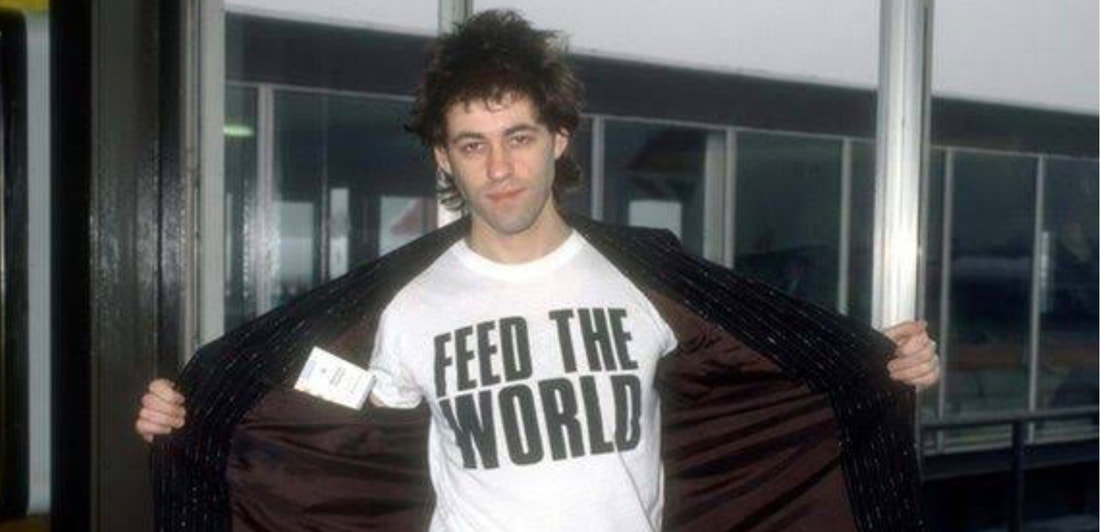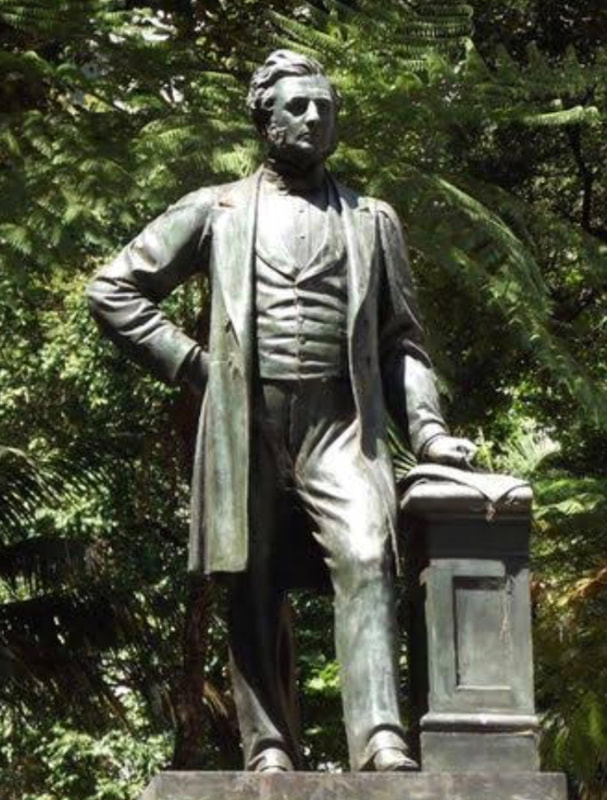|
In July 1985, nearly 2 billion people across 150 nations joined in a rock concert. Organisers employed satellite technology to make it possible for forty percent of the world’s population to raise $127M in a phenomenal humanitarian effort to bring relief to Ethiopians dying from famine. Rock-star Bob Geldoff explained his purpose for the massive ‘Feed The World’ event. “We were able to address the intellectual absurdity and the moral repulsion of people dying of want in a world of surplus." It's a forgotten fact however, that long before, in a less connected world, an innovative visionary in Australia had hit on this same possibility of feeding the world. Twenty-one-year-old Englishman Thomas Mort stepped off The Superb onto the docks in Sydney Harbour in 1838, burning with the ambition to reverse his family’s financial ruin. In the space of forty years, his bold pioneering ventures had changed the face of Australia. He became one of NSW’s wealthiest men, but was never content to merely accumulate wealth. Someone summed him up as ‘perhaps Australia’s most ingenious early entrepreneur and greatest social benefactor.’  In the agricultural sphere, Mort created a prototype wool brokerage firm and established international wool markets for Australia. These integrated pastoral services became the model for firms that followed. He promoted the sugar industry in Queensland and his innovative farm at Bodalla on the NSW South Coast experimented in improved production and transport of dairy products. Not content with that, the restless Thomas was also a leading horticulturalist who built a showpiece garden around his home. As mining exploded, he floated gold, copper and coal ventures in several states. In booming Sydney Harbour, he launched his signature Mort dry dock in Balmain for the building and repair of larger shipping. Soon its iron and brass foundries were also producing steam locomotives for NSW’s expanding rail network. Beyond this, Thomas was keen to see improvement in the moral and spiritual life of the colony. As one of the most prominent Anglican laymen in Sydney, he gave land and commissioned a leading architect to design St Marks Darling Point and contributed generously to its building as well as to St Andrew's Cathedral. To further education, he founded Christ Church School in Pitt Street and funded St Paul's College on the University of Sydney campus. His compassion was real and focussed. He was alive to the campaign of his friend Bishop John Patteson who vigorously opposed blackbirding native labourers from the Pacific Islands. The collective Australian Mutual Provident Society (AMP) was his practical initiative to help the poor to insure themselves wisely against misfortune. Historian Alan Atkinson summed up his character. “Mort believed he should play a major role in rescuing the poor and converting the rich so they had a conscience”. This passion to relieve suffering drove Thomas’s pioneering efforts in refrigeration. He was excited about the possibilities of shipping meat overseas. To demonstrate, he transported well-resourced friends over the Blue Mountains from Sydney and threw an extravagant opening banquet at his chilling works near Lithgow in 1875. The tables were loaded with food frozen the previous year. Sir Thomas Mort’s enthusiastic after-dinner speech revealed a worldview that anticipated Sir Bob Geldoff’s “Feed The World” initiative by more than a century. With a flourish, he called on his well-resourced guests to share his vision of reaching out generously to the less fortunate in other countries. He declared that scientific advances had made it possible for them to conquer distance and climate to produce enough food for all the world. His prophetic words soared to biblical heights. “I feel that the time has arrived…when the various portions of the earth will each give forth their products for the use of each and for all; that the overabundance of one country will make up the deficiency of another…for ‘the earth is the Lord’s and the fulness thereof’ and it is certainly within the compass of man that all His people shall be partakers in that fulness.” Sadly, Mort’s grand vision was aborted by failures in his expensive refrigeration experiment. It was left to others with less generous motives to develop the international frozen meat industry. Nevertheless, Sir Thomas' rousing call to launch international humanitarian aid remains one of Australia’s greatest speeches. It echoes the ancient words of the Bible, ‘Whoever is kind to the poor lends to the Lord, and he will reward them for what they have done.” It should be written into the vision statement of every business in the country. After his death in 1878, his second wife, Marianne Elizabeth Macauley, built the Bodalla All Saints Church in his honour. But the truest measure of this compassionate Australian millionaire’s character came from an unexpected quarter. It was a meeting of Sydney working men who immediately sent round the hat to fund a sculpture of Thomas Mort in Macquarie Place, simply because they considered him ‘the greatest benefactor the working classes in this country ever had.’
1 Comment
Geoffrey Bullock
5/7/2023 06:47:39 pm
Great story, Paul! Deserves wide distribution!
Reply
Leave a Reply. |
AuthorJoin The Outback Historian, Paul Roe, on an unforgettable journey into Australia's Past as he follows the footprints of the Master Storyteller and uncovers unknown treasures of the nation. Archives
October 2023
Categories
All
|
|
Sponsored by
|
Privacy Policy
|
|
Copyright 2020 by The Outback Historian
|
Site powered by ABRACADABRA Learning
|




 RSS Feed
RSS Feed

